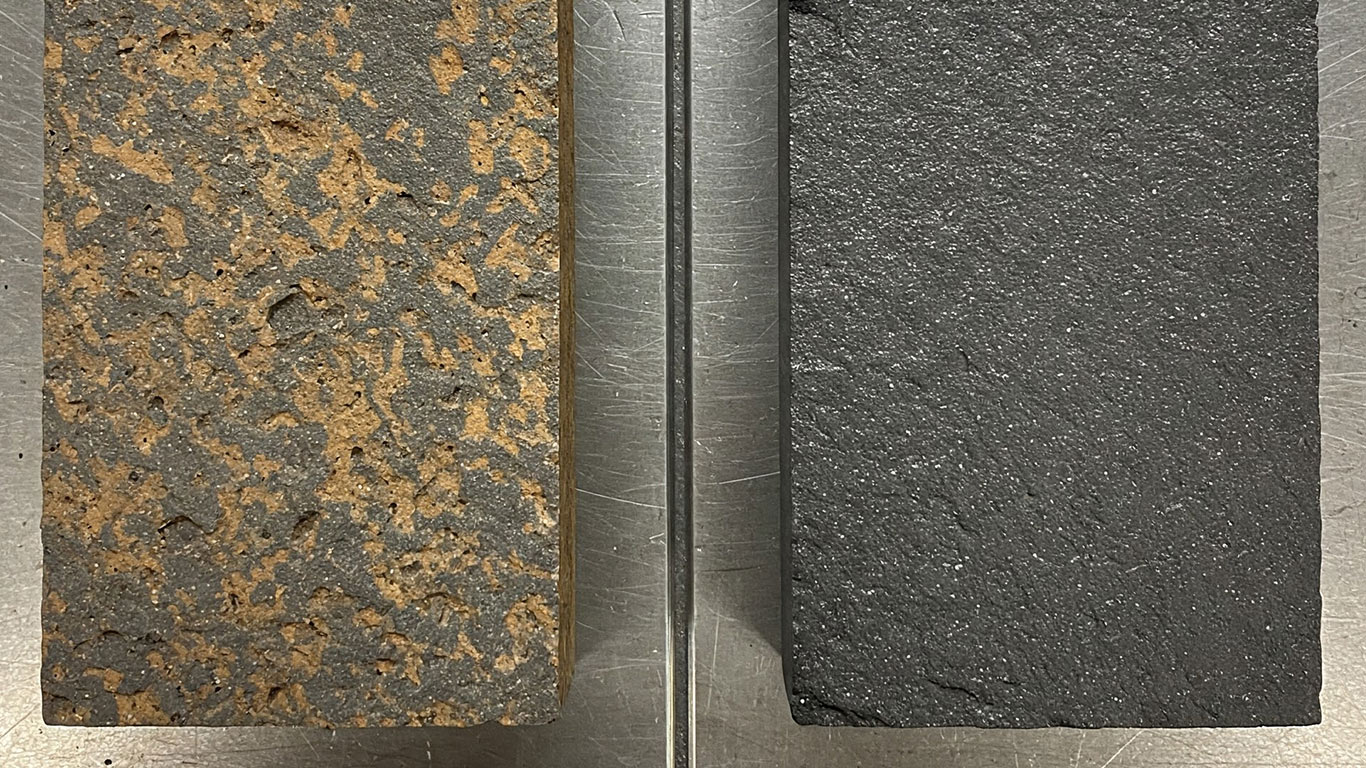
FDA
FDA 21 CFR 1040.10 - Laser Product Performance Standards



When handling basalt for laser cleaning in tough industrial settings, I've seen it outperform softer stones like sandstone by staying intact against intense heat and corrosion, so you avoid surface damage during aerospace or marine repairs.
We've found the contaminated basalt surface looks rough and uneven under magnification. Dark specks of dirt and grime fill every tiny crack and pore. This buildup obscures the stone's natural grainy texture completely.
After laser treatment, we observe a crisp, even surface free of debris. The stone's inherent patterns stand out sharply now. Clean edges reveal the material's solid, uniform structure.

FDA 21 CFR 1040.10 - Laser Product Performance Standards

ANSI Z136.1 - Safe Use of Lasers

IEC 60825 - Safety of Laser Products

OSHA 29 CFR 1926.95 - Personal Protective Equipment